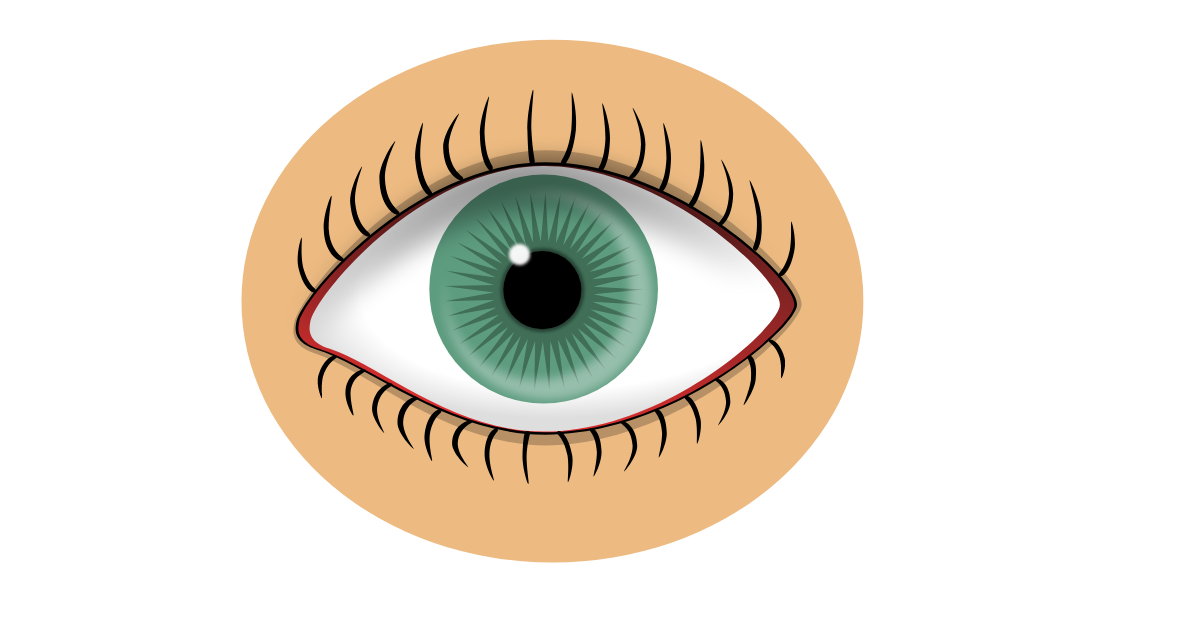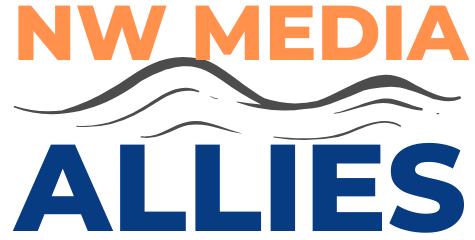
We make decisions with our eyes. It’s how humans communicate.
In fact, more than 90 percent of communication is done visually. What does this mean?
It means that visually driven communication has more power. Visual communication is more effective. Visual communication is more engaging.
I once met with a room full of journalists to persuade them on behalf of my employer. I had a stack of reports to prove my point. But I knew my one-sheet chart proving my point would have more impact than the reports.
I took the big pile of reports and placed it onto the table. I then noted that my chart showed what the reports proved. The size of the pile likely had more impact than the content of the reports. I knew they didn’t want to read those boring reports. The chart summarized the reports and got the job done.
How you present yourself matters. The images you chose on your website matter. Images of your clients, products, testimonials and results matter.
How should you translate this into action? For in-person meetings, this means looking professional. It means smiling. Appear interested even if you are not. It means not crossing your arms. It means nodding when you listen. Try not to alpha-stare your clients down with nonstop direct eye contact. Bring visuals to convey your key points quickly.
This is why in-person meetings are more effective than Zoom/Microsoft Team meetings or phone calls. It’s also why I advise clients to book more face and Facebook less.
Visuals for business offices or establishments must look inviting. In the age of remote working and the pandemic, we learned that people judge your home office, but not your cats. For websites it means more photos and graphics than text. Text should breathe with white space. Visuals should drive the action you want.
Visuals also dominate social media: more photos, videos and graphics. Consider the social media platforms that are popular. Which ones capture your attention? I personally enjoy Instagram because it is visually driven. YouTube is also surging with niche TV. LinkedIn is having a renaissance with more visuals to engage business-to-business leads.
Newspapers are also aggressively leveraging more visuals than ever before to capture Google share on the internet and squeeze out competitors. Stories that can be anchored with video and photos are prioritized.
I recommend photographing clients in action. I want my clients looking engaged with the world. It’s why newspaper photographers reject profile photos of people sitting at a desk. Static portraits don’t really drive action, inspire people or help tell a story. People doing stuff does. But a nice portrait on your website is more effective than your LinkedIn resume.
It’s why people cannot stop taking pictures of their food. We eat with our eyes first. Dating-app photos drive the swipes. Social media ads are tested more for images than copy.
We rely on our visual communication to guide all of our relationships. It’s also true in the animal world. Human beings can’t shut up. I’m one of those human beings. I’ve been told by dog trainers and horse trainers to stop talking to my animals so much. Animals rely more on visual cues and energy. The same is true for people.
